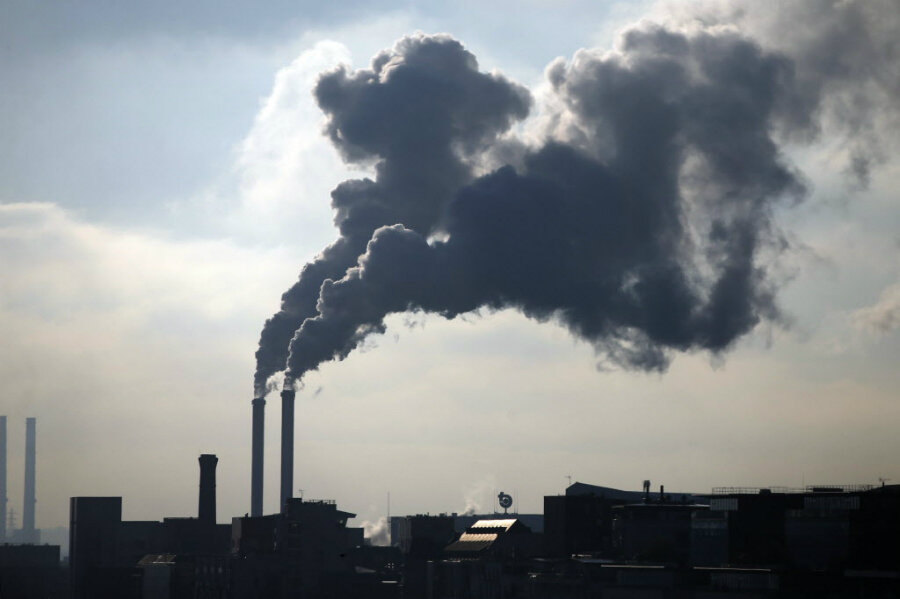Why do so many Americans doubt climate change?
Loading...
As the world prepares for the start of a global warming summit in Paris next week, a Yale University study released in March shows one-fifth of the US populace does not believe climate change is taking place.
A survey conducted by researchers at the Yale University School of Forestry and Environmental Studies showed only 63 percent of Americans say climate change is happening, while 18 percent said it was not.
Perhaps more revealing, another public opinion poll released in 2014 by the Pew Research Center and the American Association for the Advancement of Science (AAAS) showed a gap between what scientists believe about climate change compared to many Americans.
In the poll, only 50 percent of Americans believed human activity was causing global warming, significantly less than the 87 percent of scientists who did.
Henry Pollack, a retired professor of geophysics at the University of Michigan and a winner of the 2007 Nobel Peace Prize, said rarely does the scientific community see a near-universal consensus like the one regarding the influence of humans on the Earth’s climate.
"It's a very strong scientific statement," Pollack said. "Seldom will you hear such agreement among scientists that we know the answer to something."
There is no single explanation for the fissure between what scientists believe and the general public; though some have said it is possible the issue is discussed too infrequently.
"One reason these numbers have been stable in recent years may be because most Americans are not hearing or talking about this issue,” one author wrote in the report. “Our survey finds, for example, that only 40 percent of the American public says they hear about global warming in the media at least once a month and only 19 percent hear about it at least once a week."
Others blamed the scientific community for insufficiently informing the public about evidence of climate change.
Pew Research conducted a similar poll in 2009, when the percentage of believers and doubters among the public and scientists was about equal to today's numbers.
Alan Leshner, chief executive officer of AAAS, said in the journal Science that scientists tend to inform the public about research on climate change via large forums rather than in smaller settings, where more specific questions could be answered.
"The way to do that is not to have big town hall meetings where everybody's lecturing but rather to meet in smaller groups and have sessions that go through this," he told Climate Wire. "I myself have frequently met with community clubs, religious groups, retirement communities and tried to have these kind of discussions as opposed to monologues."
Some researchers suggest industry-hired scientists and successful public relations campaigns by the coal and gas industry may be the reason many people don’t believe climate change is real, despite the fact a majority of scientist globally have backed the theory.
Pollack said this has been seen in the past, when corporations and the scientists they hired denied the effects of tobacco and toxic waste.
"There's been a deluge of misinformation that confuses the issue in the mind of the public,” he told Voice Newspapers.







